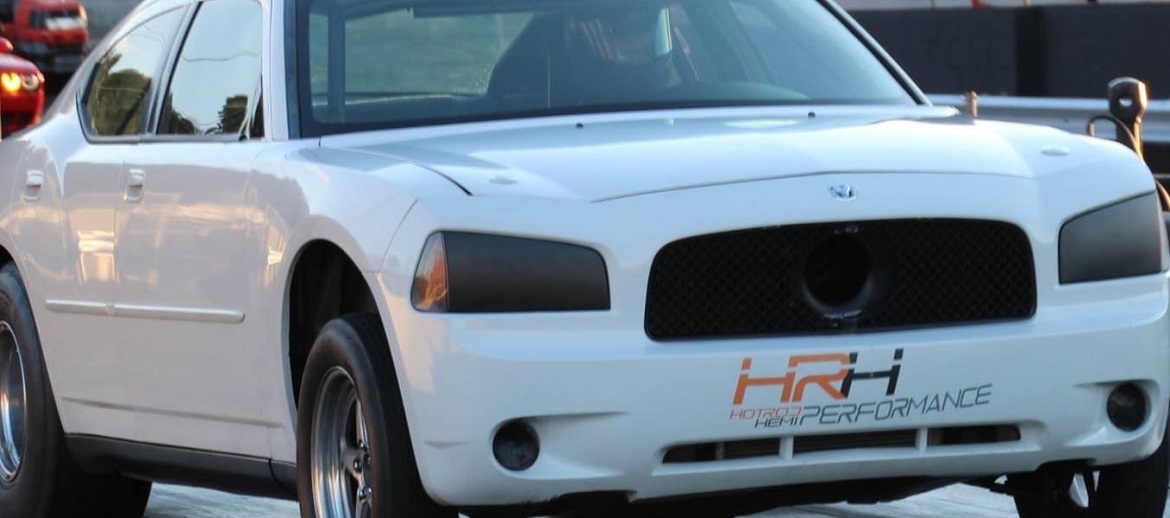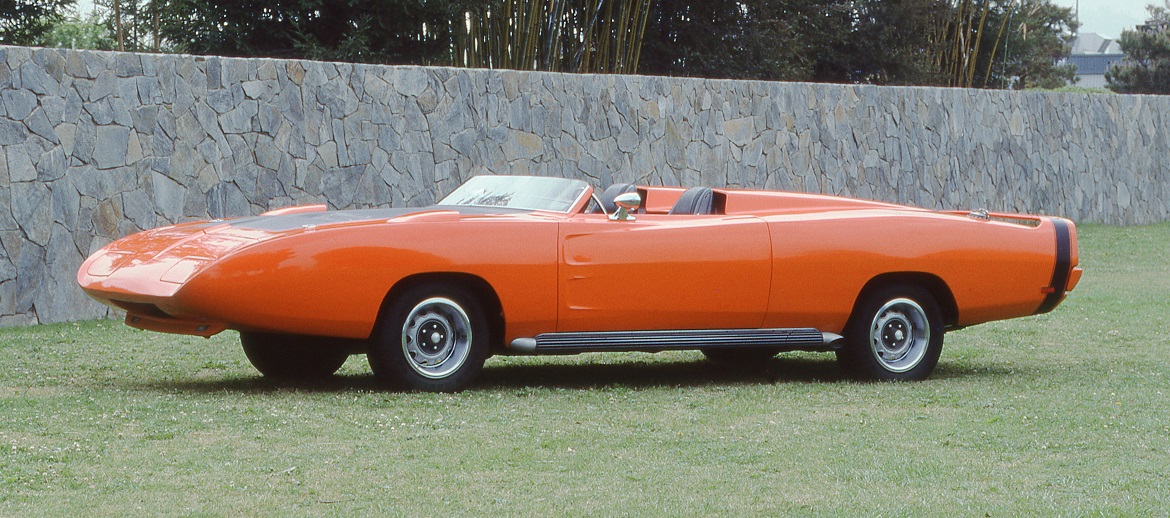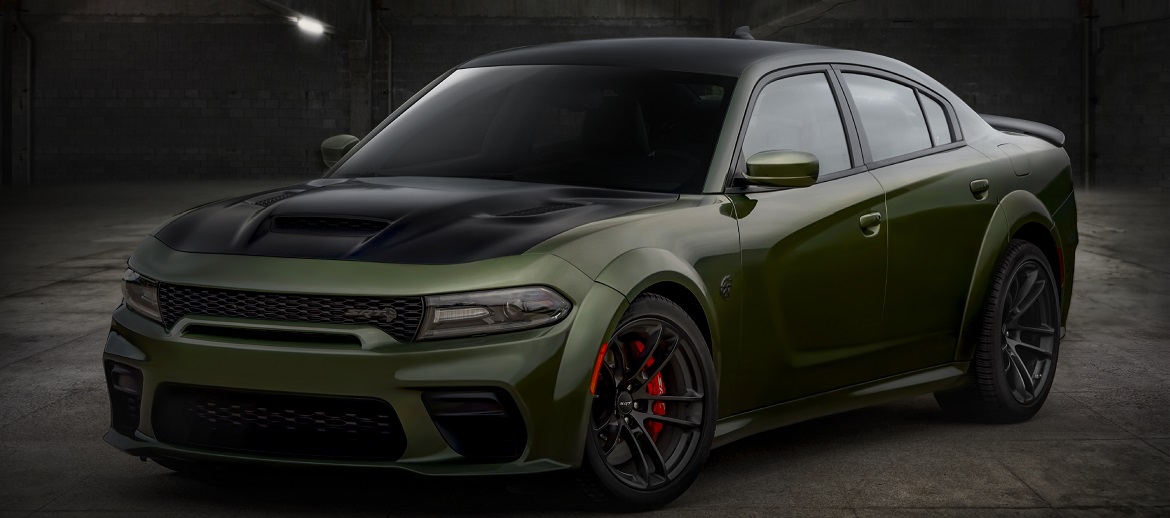Kent Irwin’s White Lightning
2 years ago Owners + Clubs Video
From what I understand, the best place to start telling a story is from the beginning. So … here we go!
This is a tale of planning, execution, failure, rebuilding, epiphany and an understanding that everything you have gone through to get where you are was simply a series of learning exercises. We could also call this story “Don’t Be Afraid to Start Over!”
Kent Irwin started his quest to build one of the quickest Gen III HEMI® engine-powered cars around 2007. His Silver Gen III Charger went through several engines, NAG1 transmissions and way too many tunes to count. Kent even handed the car to Mike Doban of OST Dyno fame for a “Let’s Try Everything” tuning summer to see what the Gen III HEMI engine liked and disliked.
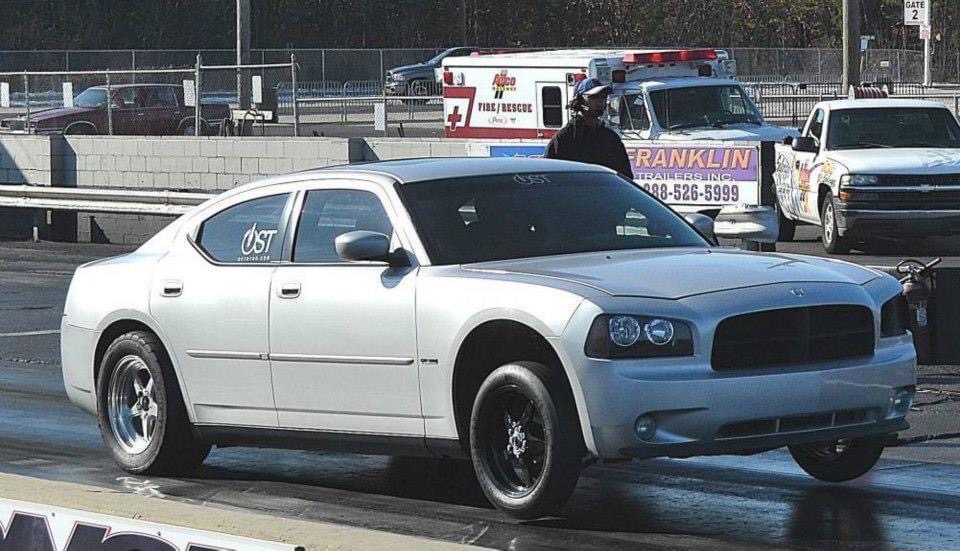
They threw everything they could think of at the engine in their quest for more/usable power. A water/meth system was given a tryout. It did not make the cut. According to Kent, it made it to the cylinders just fine. But, after making the journey through the intake, it just sat there and ignited when it wanted to, not when it was actually needed. Luckily, there was never a massive BANG followed by a mushroom cloud. The theory is the intake spray system couldn’t get enough of the mixture to the cylinders to stage a Mount St. Helens re-enactment. Probably a good thing in the long run. They tried straight methanol and other fuel mixtures, but nothing unlocked meaningful gains. Toward the end of its life, the Silver Charger held the title of quickest 5.7 until John Dalton stripped out his Challenger to take the quick 5.7 title for a bit. Being the determined sort, Kent decided to try the roll-and-tune approach to find the power needed to push the 3,800-pound Charger back to the top spot. Mike sent over a tune one evening, and the test hit ended with the Silver car shaking hands with a wall.
Exit the Silver car, and enter White Lightning. The new (White) Charger started life as a narcotics car in Florida. Getting the driveline and other savable hardware off the Silver car and transferring it to White Lightning involved creative negotiating skills between Kent and an insurance adjuster. The word “SPECIAL” was used to describe the engine, transmission and a few other components, and a promise was made to put factory equivalents in place of said “SPECIAL” parts. According to Kent, the adjustor made several remarks about how clean the seats and the rest of the Silver Charger was considering the damage. The adjustor remarked, “Those seats don’t look like anyone has ever sat in them!” Well, nobody had. They were taken out of a car in favor of lightness. Everything was pristine. The adjustor was happy. It was time for Erik Storms at BFNY to swap everything from the Silver car to White Lightning.
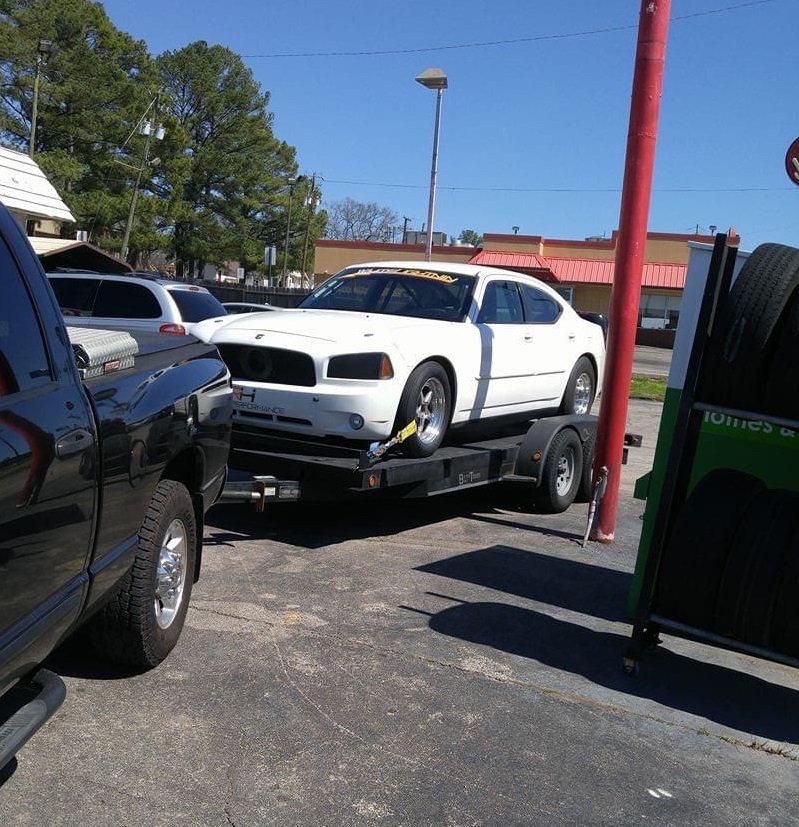
Erik immediately uncovered a broken NAG1 case. Along with a few more minor issues, they quickly ironed out. A new NAG1 case was secured. Everything was swapped over to White Lightning, and it was time to make a pass! White Lightning was set to debut at Atco in 2011. Let’s go racing, right? Well … sort of.
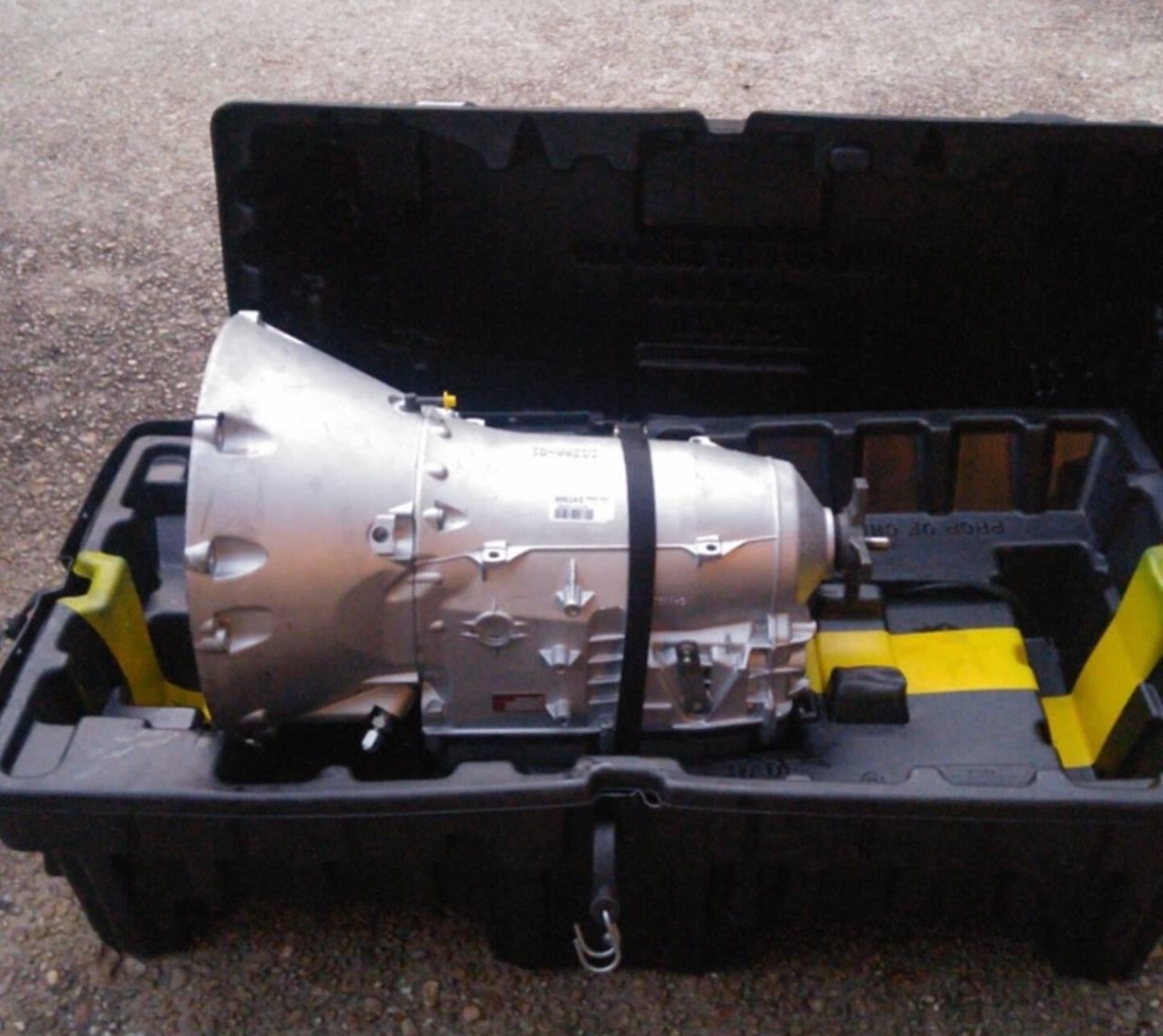
The tune ended up being too lean for the Northeastern ATCO air. This led to every piston top in the almost 440 c.i. small block HEMI engine turning a lovely shade of black. If you melt it down, you might as well melt all of it! The night was cold. There was an e85 tune on the car, and White Lightning fell victim to the Gen III HEMI engine tuner learning curve. A few other HEMI engine-powered vehicles were heading home from that event with crispy top ends. It was time for yet another engine. Another 439.999 c.i. HEMI engine was soon sitting snuggly in its new home.
With a new engine built by PWR, White Lightning found itself with enough oomph to set the iron block Gen III record. Running a 9.9-and-change pass. This was on stock IRS with a lightly massaged NAG1 and drag radials. Kent admits this pass sort of snuck up on him. There weren’t really any parts to dial in the IRS. Multiple educated guesses were made concerning the suspension and the transmission. The car left OK, but the 60-foot wasn’t anything to throw a party over. And yet, White Lightning dropped a 9.9 on the world. You would think Kent would rest on that, show up, make passes and have fun. NOPE! Kent answered a phone call that would almost immediately take the Gen III HEMI engine game in a different direction.
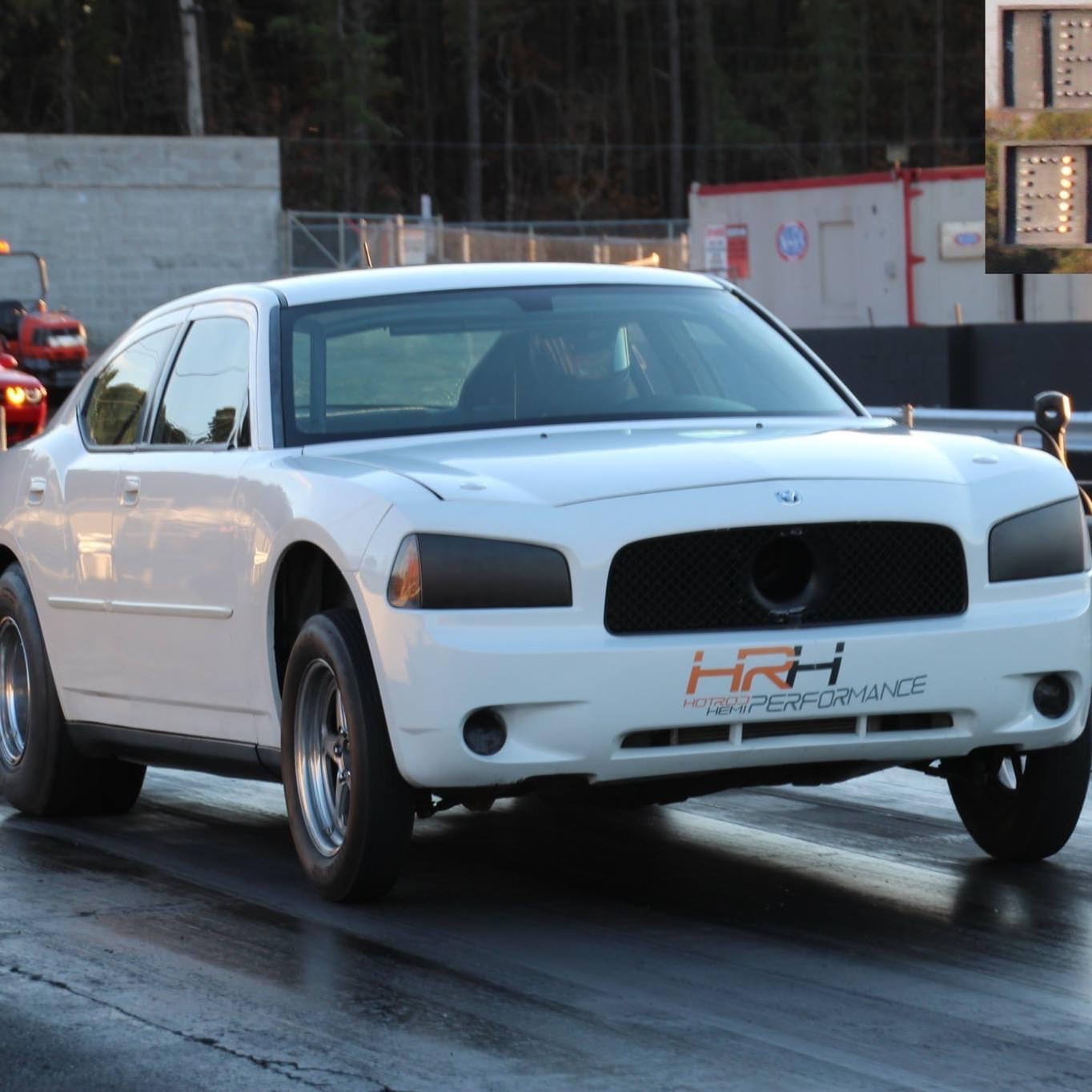
Enter Jeff Taylor. If you follow NHRA Sportsman Racing, you know the name. Mr. Taylor has a couple Wally’s in the trophy case. How many, you ask? He’s a member of the 50-win club. You don’t enter that club on a wing and a prayer. Jeff knows his stuff and decided to apply that knowledge to the Gen III HEMI engine. Suddenly, an engine builder unlocked an extra 40+ HP simply by using high-precision machining processes. Jeff’s honing machine was so precise, it eliminated the piston slap commonly found in Gen III HEMI engine builds of the time. The hone ensured a super round bore, and we all know pistons prefer round over hexagonal when it comes to the cylinder walls. Less slap = more power = send it!
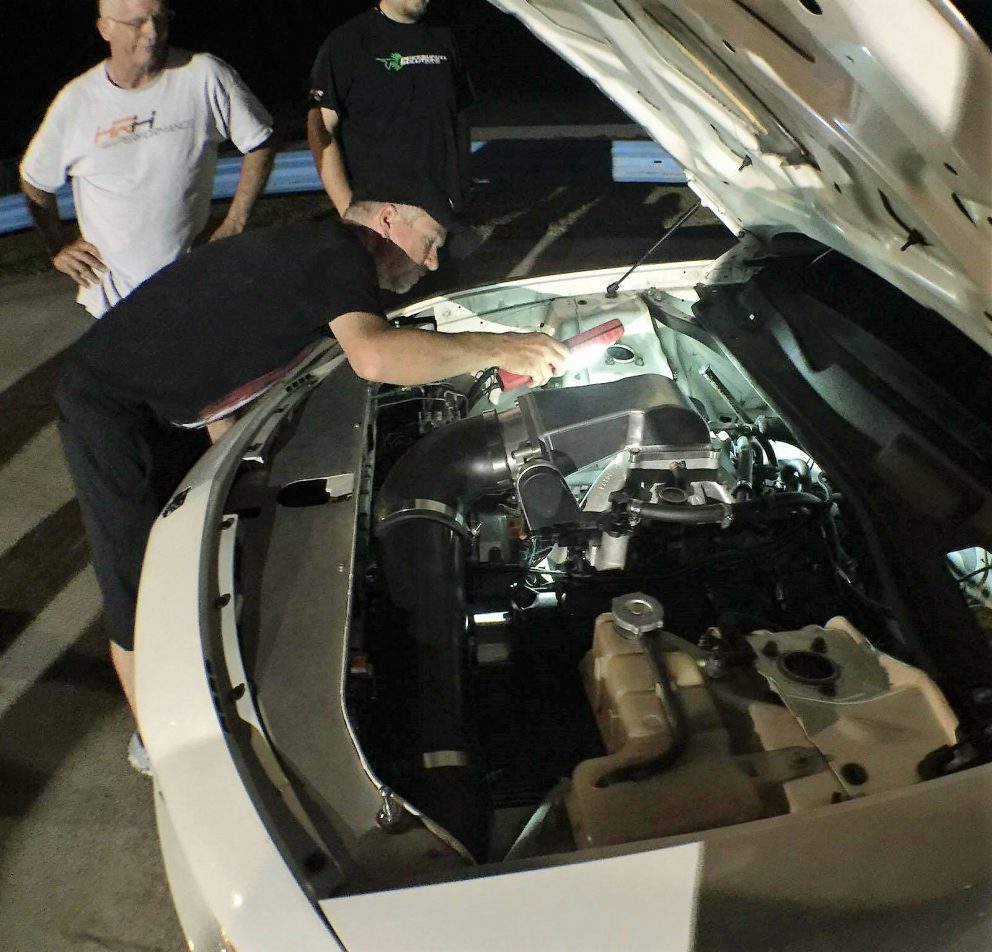
Is Mr. Irwin satisfied? No. He is not. It wasn’t long before someone figured out how to crack the TCM and enable higher RPM without kicking in the dreaded “limp mode” Kent put White Lightning in line for a TCM Ectomomy. Followed closely by a higher RPM add-to-me procedure. He screamed “More RPM” into the night. The number 7,200 was repeated many times only to be answered with, “Here’s your new 7,000 rpm TCM. You will use it, and you WILL like it!” Naturally, the new TCM was installed, and they all lived happily ever after. Again, no. White Lightning had gone a 9.9. They found another 50-ish HP and several hundred RPM. Time to take it to the track. Again … no. Kent is a card-carrying member of the “More is Never Enough” club. He decided to pull the camshaft out and completely change the profile. With the new cam, came the need for even more RPM, and another surgical procedure was performed. 7,800 RPM mode was unlocked, and White Lightning was hauling the mail!
At this point, they were making solid power. 716 at the crack to be exact! Twisting a HEMI engine way beyond what was thought possible and looking for ways to get more from the platform. The era of HRH Performance had commenced. In Kent’s own words, “HRH sold a few engines. They spent 2.879365 million man-hours making things as good as possible, and for the effort … they might have made minimum wage.” It happens. He and the others involved in HRH decided to keep searching for power without the constraints of trying to run a business simultaneously.
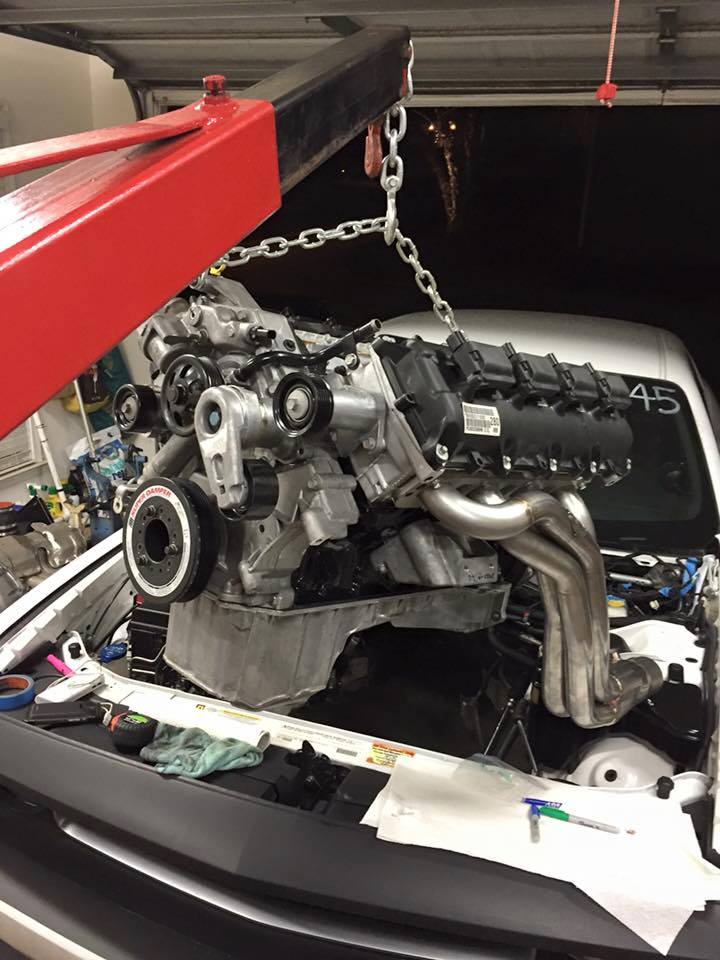
At the end of the White Lightning era, Kent and the team had a Gen III HEMI engine in a Gen III Charger running a best ET of 9.06 on a 2.1 60-foot! Obviously, something was more than off on that pass, but the top-end charge was STRONG! Like a young Ricky Bobby, Kent wants to go fast! Plans were made to take White Lightning to a chassis shop. It was time to stuff a whole lot of rubber under the car. This plan ended with Kent making a rather long trip to the chassis shop for five weeks straight to keep the project rolling. The final straw broke when the shop turned around after cutting the entire back of the Charger out and then said, we can’t make this work with a straight axle because of the speed sensors needed to keep the ECU happy.
If we have learned anything about Kent Irwin in this piece, he isn’t interested in hearing, “This can’t be done.” Long story short … after a few months of pulling hair, multiple prayers and possible hallucinations from spending too many hours sorting the speed sensor issue. White Lightning would make 2/3rds of a quarter-mile pass and then hit limp mode. Implementing a new tuning solution found the cure for the speed sensor issue, and full passes were again on the table. Thank you, H.P. Tuners. All that was needed was a way to enter the non-factory gear ratios installed in the 9″ rear end, and all was right with the world.
We have come to the end of chapter 1. White Lightning is making complete passes. A Holley EFI Dominator ECU and PCM standalone TCU, burning methanol fuel sits on top of the intake. The ladder bar suspension setup has taken it as far as possible. Kent contemplated all manner of suspension setups to lower the 60-foot into the deep 1.1 range. Deep thoughts led to potentially revamping the suspension and pulling as much weight off the car as possible. This sounds like a great idea. And it probably was. But I’ll let you in on a little secret. Do you know how to drop weight and put a better suspension under a Gen III Charger? The answer? Stumble across a STUNNING, BIG tire, tube frame 69 Dart! And with that, project Blue Streak was born.
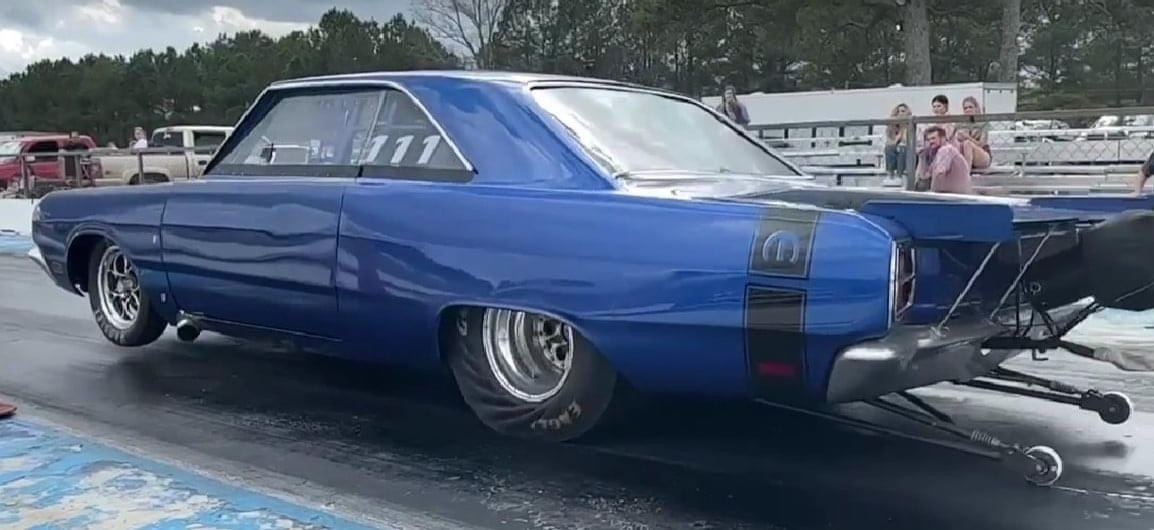
Stay tuned for chapter 2: We have all this Gen III HEMI engine goodness and most of the bugs ironed out of the NAG1. Let’s drop them in the Dart and see if we can achieve “LUDICROUS SPEED!”
